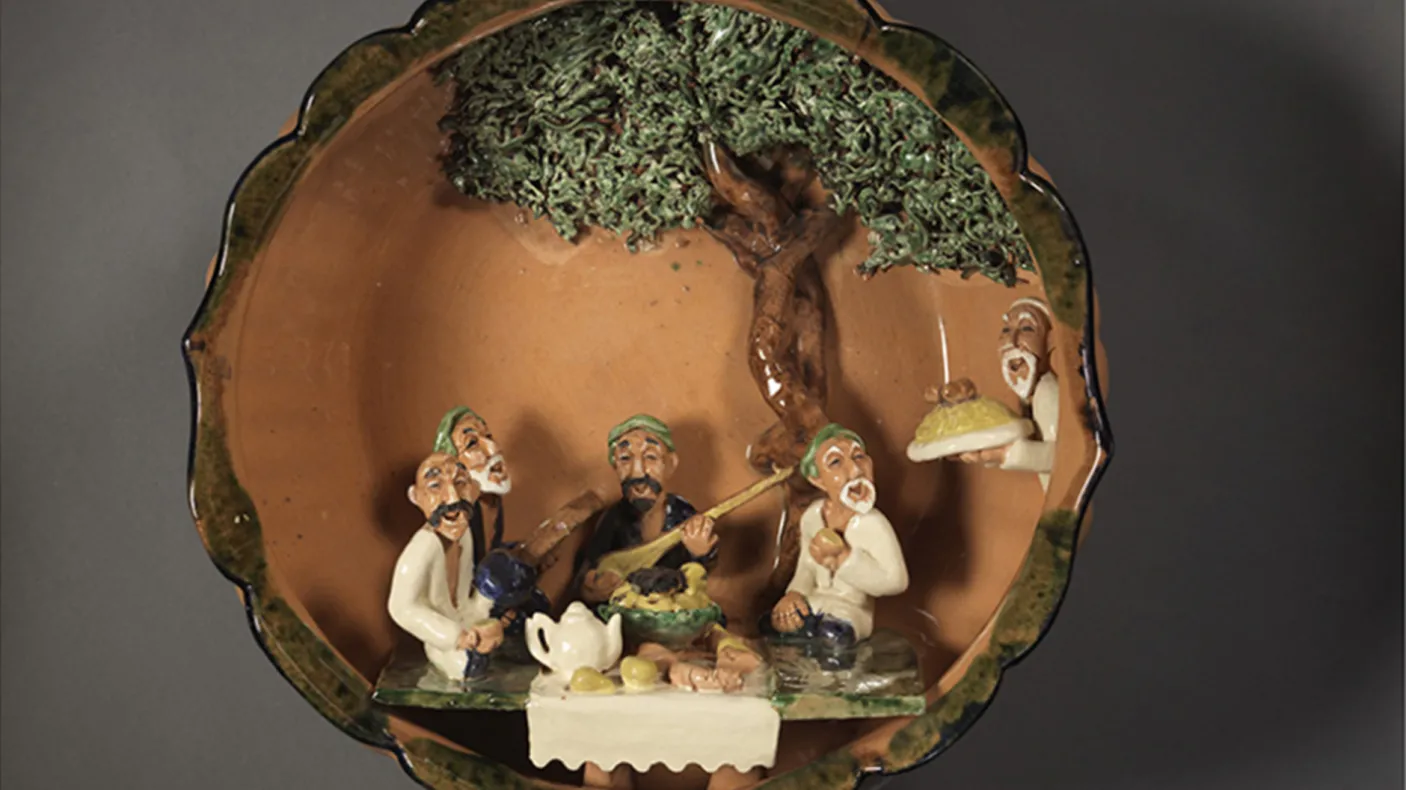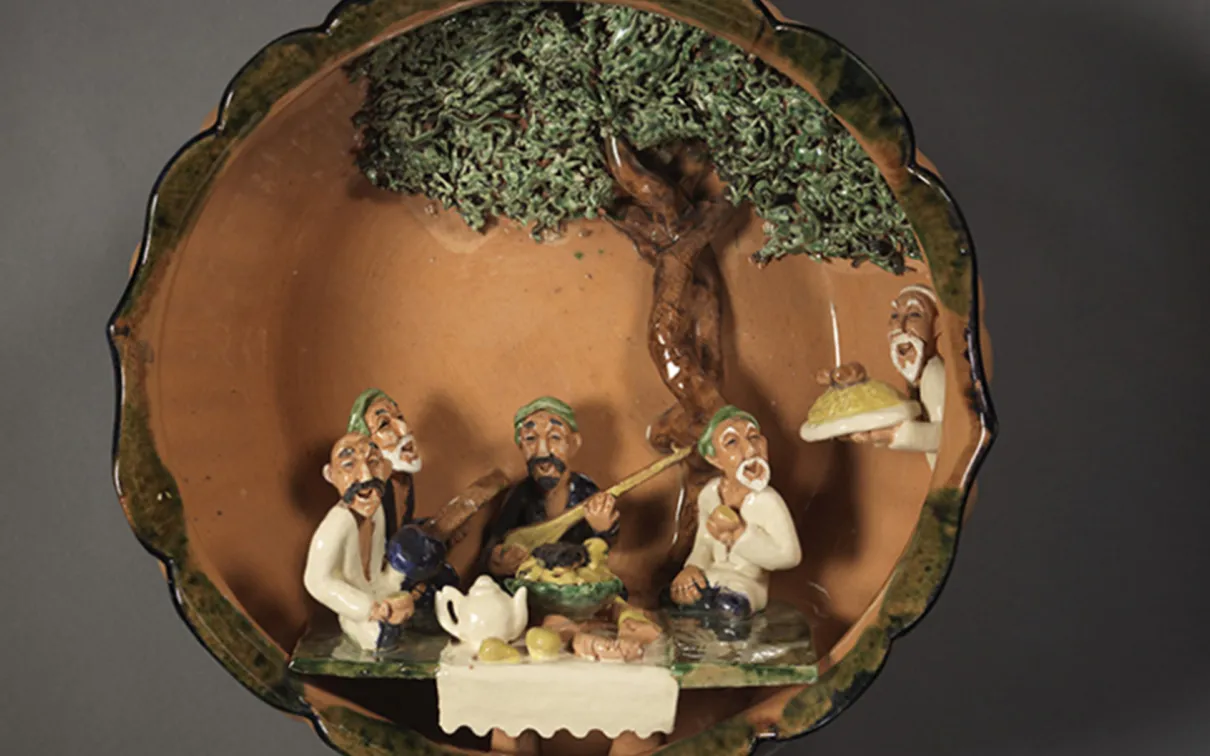Nowruz: A Celebration of Spring
Marking the Persian New Year with food and festivities.
Nowruz, meaning “new day,”
Nowruz, meaning “new day,” is the Persian New Year which celebrates the arrival of spring on March 20th or 21st each year. The holiday has roots in the ancient Zoroastrian or Parsi religion and has been celebrated by people of diverse ethnolinguistic and religious communities for thousands of years. Nowruz is celebrated across the Middle East, Central Asia, the Caucasus, India and by diaspora communities around the globe.
Celebrations include spring cleaning the home, communal meals with family and friends, egg painting, wearing new clothes, and performing acts of kindness and charity. Festivities range from music, poetry and dance performances to wrestling matches and horse racing, depending on where you live. Iranian families traditionally lay out a haft-seen table comprising of seven symbolic items each beginning with the letter “s,” including: sabzeh (wheatgrass for growth), samanu (sweet pudding for strength), senjed (silverberry for love), serkeh (vinegar for patience), seeb (apple for beauty), seer (garlic for health) and sumac (symbol of sunrise). Other items include a mirror, clock, candle, painted eggs, nuts, goldfish, coins, and hyacinth flowers.
This ornamental ceramic bowl from Kyrgyzstan in Central Asia features a jovial scene of five friends enjoying a picnic and reminds us of the festivities held during Nowruz. Seated at a table laden with fruit, bread and a pot of tea, one man plays a frame drum and another strums a lute, while they watch their companion bring in the main dish—a generous platter of plov—a delicious rice dish with meat.
Fahmida Suleman
Fahmida Suleman is Curator of the Islamic World collections at ROM.



